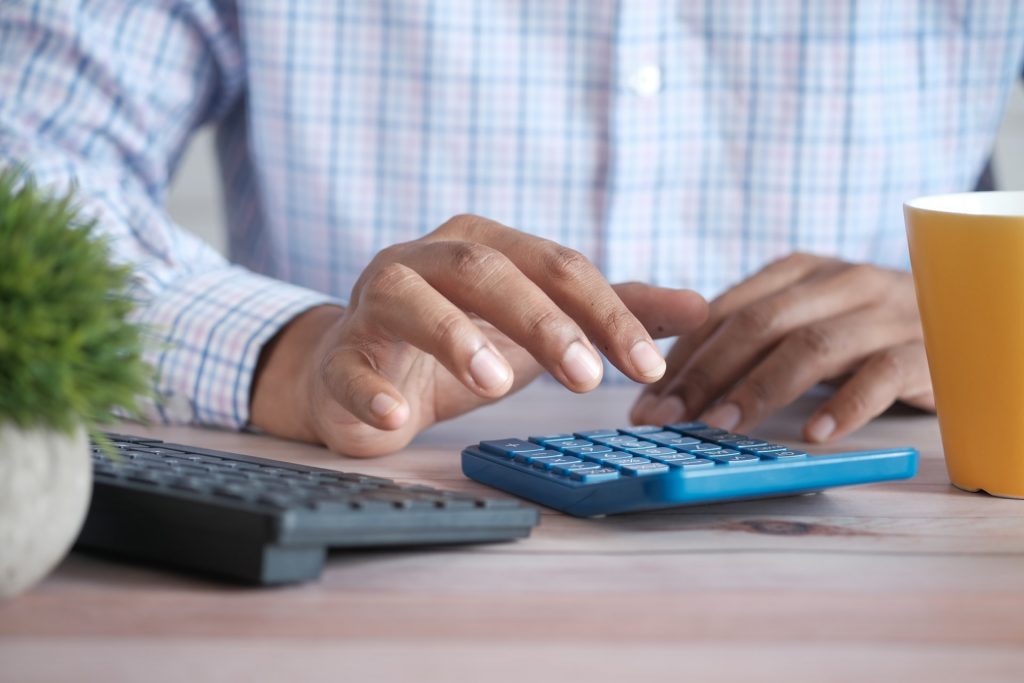 - minute read
- minute read

If your energy bill has arrived and you aren’t sure what all the numbers on it mean then don’t worry, you aren’t alone. Given that gas and electricity bills contain a lot of information, making sense of it all can be a little confusing. With that being said, it’s still worth taking the time to understand your bills, as this is an important step in controlling your energy usage to start making household savings.
In this article, we’ve explained how to read your energy bill by listing all the information you can expect to find on it. We’ve also provided a sample of what this bill will roughly look like. Say goodbye to bills confusion!
The exact type of bill you receive will depend on your energy payment method. Those who pay by direct debit will get a statement of what they’ve already paid, whereas those who don’t will get a bill with a list of outstanding payments.
When there’s a switchover of tenancies, the energy provider will send a letter to the property for the new occupants to get set up. After that, you’ll continue to receive bills or statements, depending on how you pay.
If you pay on receipt on the bill then you’ll get this quarterly or monthly. When paying by direct debit, you’ll receive a statement every 3, 6 or 12 months.
If your gas and electricity come from the same supplier then these should be included on one energy bill – ‘your gas and electricity bill’. If you have a separate supplier for gas and electricity then you’ll receive two separate bills.
Your energy bill will usually include contact details on the final page or in the final section. If you’re looking for any further clarity, then we’d recommend getting directly in touch to chase up any queries you may have. Your supplier should list an email address and telephone number.
Ofgem – the UK’s energy regulator – states that energy suppliers need to make their energy bills simple and engaging. The exact amount of information will depend on your supplier, but you can expect to find the following things as a minimum:
There are a couple of reasons as to why this may have happened. It’ll either be an error from your supplier or you’ve underpaid as a result of estimated billing.
Uswitch found that in 2017 alone, 1.3 million customers were overcharged due to supplier mistakes – attempting to recoup lost money due to their internal system errors. Because many customers don’t properly read their electricity bills, these mistakes often go unnoticed, costing an average of £79 per UK household in 2017.
Meanwhile, an estimated billing error occurs when your supplier has to estimate your energy usage as they haven’t been supplied with regular meter readings. When they eventually do receive a meter reading, they may then find that you haven’t been paying enough to cover your actual usage.
This is exactly what it sounds like. Rather than receiving a physical bill every month or quarter, you’ll instead get this bill through an online account that will have been set up with your supplier. Paperless billing will usually get you some kind of discount as it’s easier for the supplier to provide you with these types of energy bills.
Suppliers are now required to put a scannable code on every bill. This code contains all the relevant information you’d need to compare and switch tariffs, such as supplier name, tariff name and annual usage.
If you want to switch from an electricity prepayment to a standard credit meter then you’ll need to contact your energy supplier. To make this switch, you may be charged a small installation fee. You’ll also need to have cleared your account so there’s no outstanding debt. Your energy provider might also run a credit check to ensure you’ll be able to keep up with bill payments on a standard credit meter.
Ofgem (the Office of Gas and Electricity Markets) is the electricity regulatory authority in the UK. Ofgem aims to regulate the electricity and gas markets to increase competition among suppliers and therefore provide cheaper energy to consumers.
Already sorted your house but need to set up bills? We can help with this too – we set up and split utilities for you. Get a free quote for your utilities here.



All your utility bills in one monthly payment, split between housemates
Get a quote


All your utility bills in one monthly payment, split between housemates
Get a quoteFinding his article helpful? We’ve got plenty more helpful articles on there way. Join our Savvy Sunday mailing list